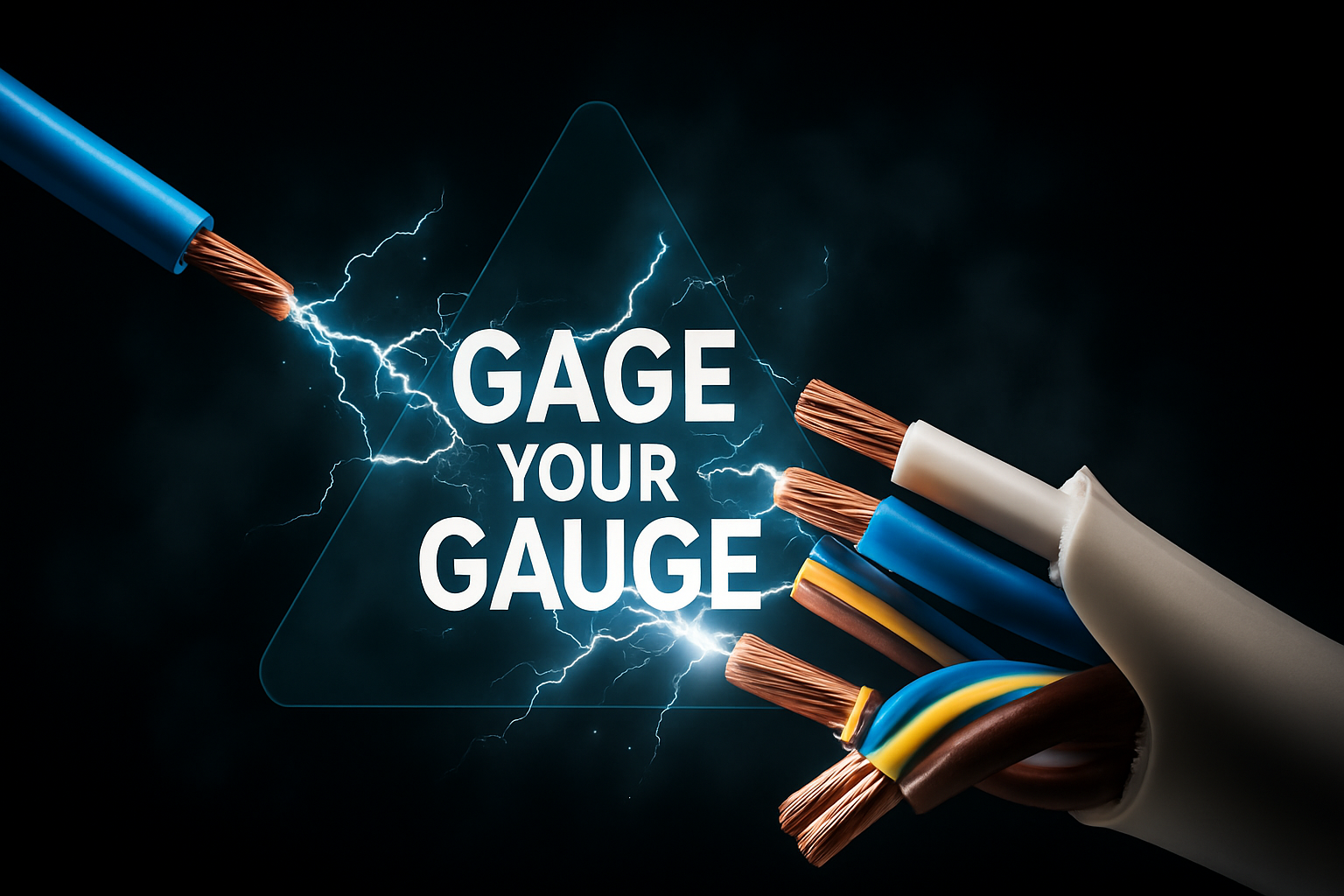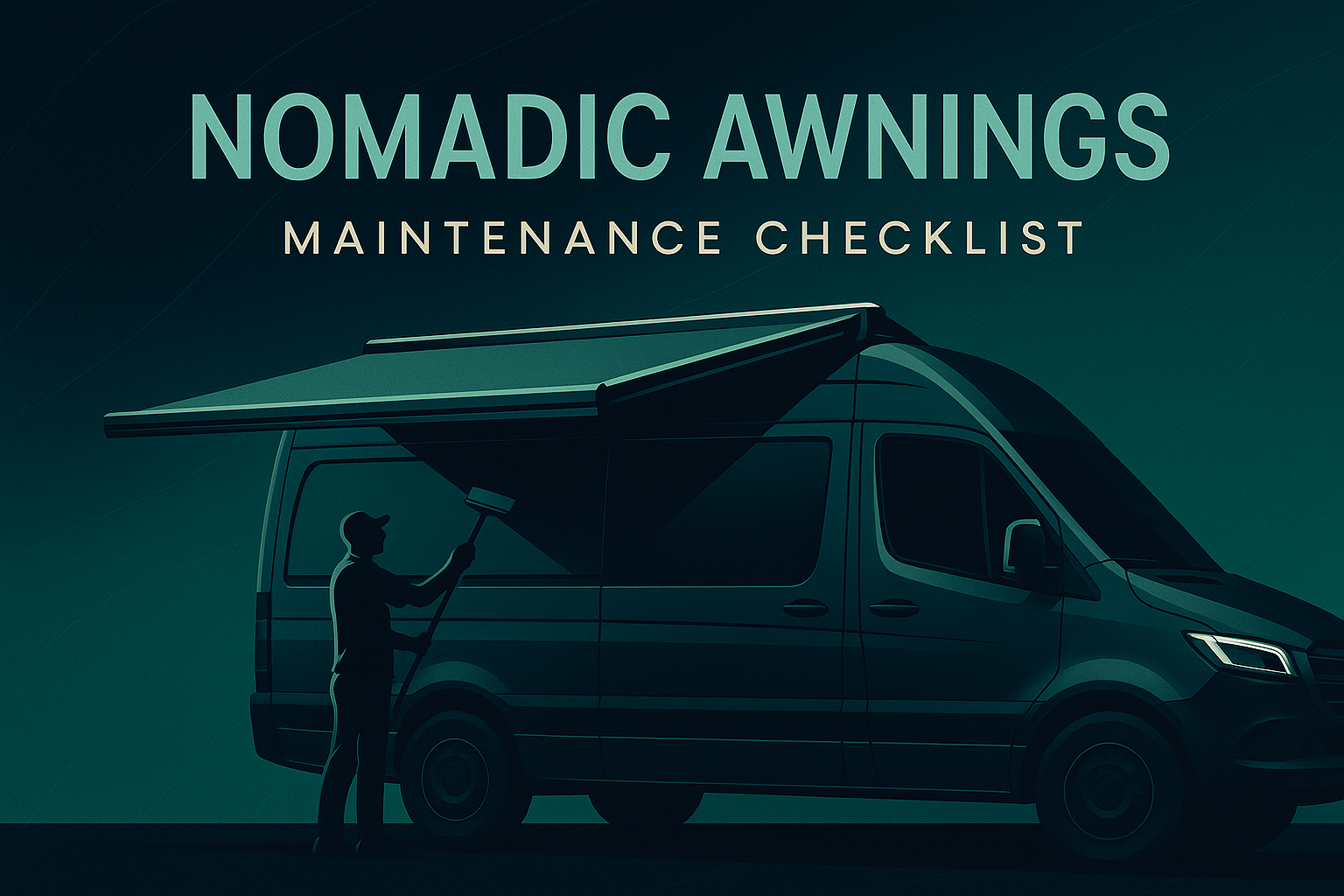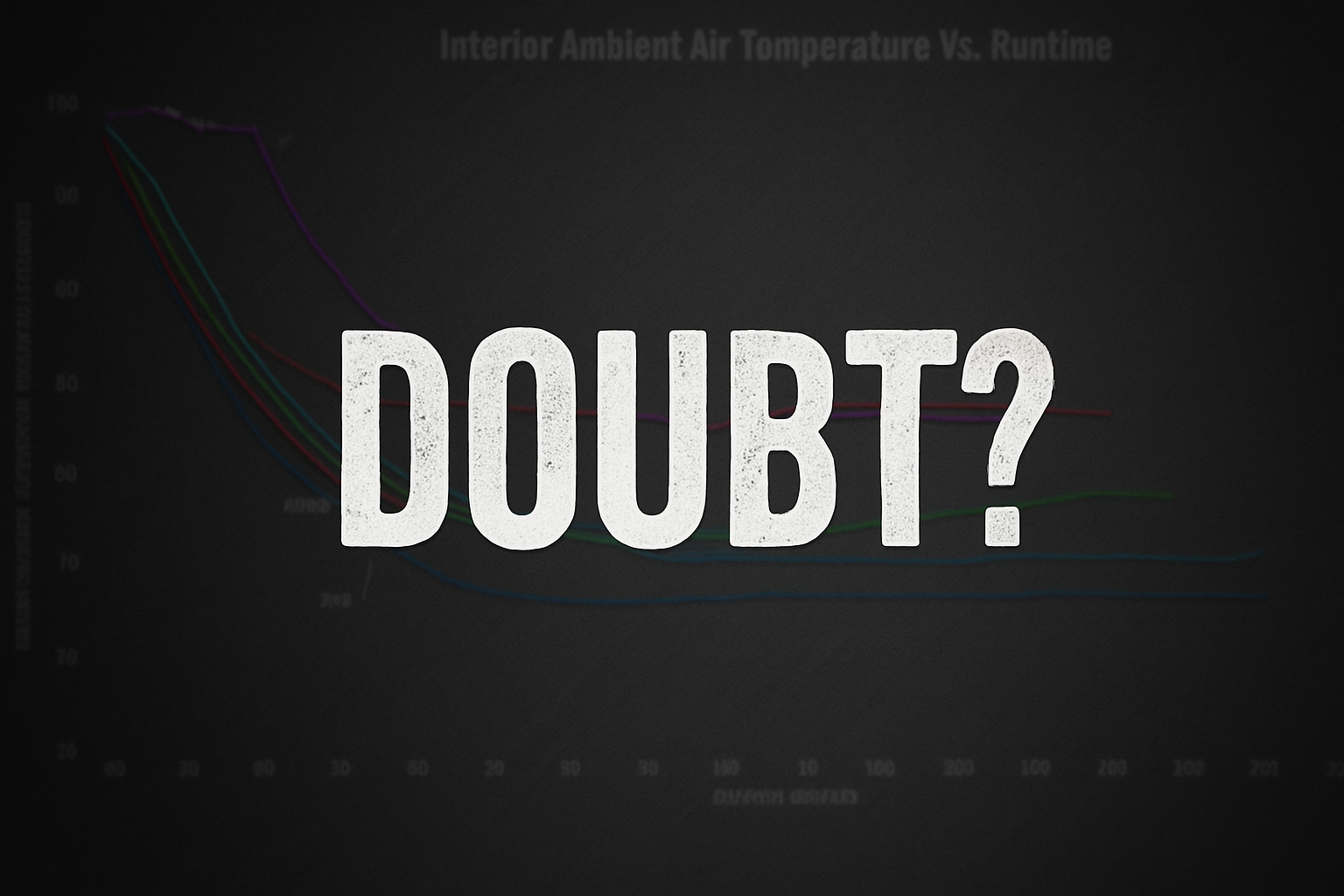
Frequently Asked Friday
Here at Nomadic Cooling we look to educate ourselves and our customers on all things A/C and electrical. Our tech support is Victron trained, proficient in all things A/C and always a phone call or email away from helping our customers get the answers they seek. Whatever we can do to help you Go Further in Comfort is our priority. With this being said, there are questions we get frequently and would like to start addressing them here on the blog. Feel free if you have any questions to reach out to us at information@nomadiccooling.com.
How do I choose the correct wiring for my DC electrical system?
Choosing the right wire size for your DC electrical system is very important when wanting a safe system that will meet the power needs of the components attached to those wires. You want to make sure that your wire gauge is too small, for example, as that could result in the wire overheating and possibly starting a fire.
This Blue Sea chart is excellent and we refer to it often when putting together our electrical schematics.

We know this looks intimidating, but carefully look it over and it will help you to easily decipher your gauge wire needs. Of course, experienced builders know these off the top of their head, but the average Joe needs it to be compressed down. Blue Sea does that through this chart. It takes all the technical information and makes it more manageable.
The way to start your wire or cable journey is to make sure you get quality, ABYC standard wire. You want stranded wire, not solid and tin-plated copper. You also want a wire insulation rating of 105 degrees Celsius. A lower rating will likely decrease your current-carrying capacity of the wire.
Choosing the correct wire:
- Locate the Current in Amps of the appliance across the top of the chart. Most electrical products include a rating label, or you can find the amperage rating in the documentation that came with the product.
- Find circuit length in feet along the left side of the chart. *Note that the total length of the circuit is the roundtrip distance from power source (usually the battery) to the product and back.
- Select the circuit type. Allowable voltage drop is based on whether a circuit is critical or non-critical.
- Panel Main Feeders
- Electronics
- Air Conditioners
- Navigation Lights
- General lighting
- General appliances
- Etc
Example: A component rated at 80A is 25 feet from the battery. Circuit length is 50’ (roundtrip), circuit type is non-critical, and so the correct wire size is 4 AWG.
A common issue when an air conditioner is not running properly and you have all the right voltage, is that the voltage is dampened by the length it needs to run to power it up. So by sizing up, you could eliminate this becoming a problem. With our Air Conditioners, it is recommended to utilize the power harness cable we designed for it. The reason being that it is the correct length and gauge wire to power our A/C efficiently and powerfully.
Going Further in Comfort means choosing the right size wires and cables! Call Nomadic Cooling if you need any help with making sure you are making the right choices for your air conditioner or electrical systems!








Share:
Unveiling the Mysteries of BTU's and Voltage for Perfect AC Sizing
Get your RV Electrical System NOT Popping with the Perfect Fuses!